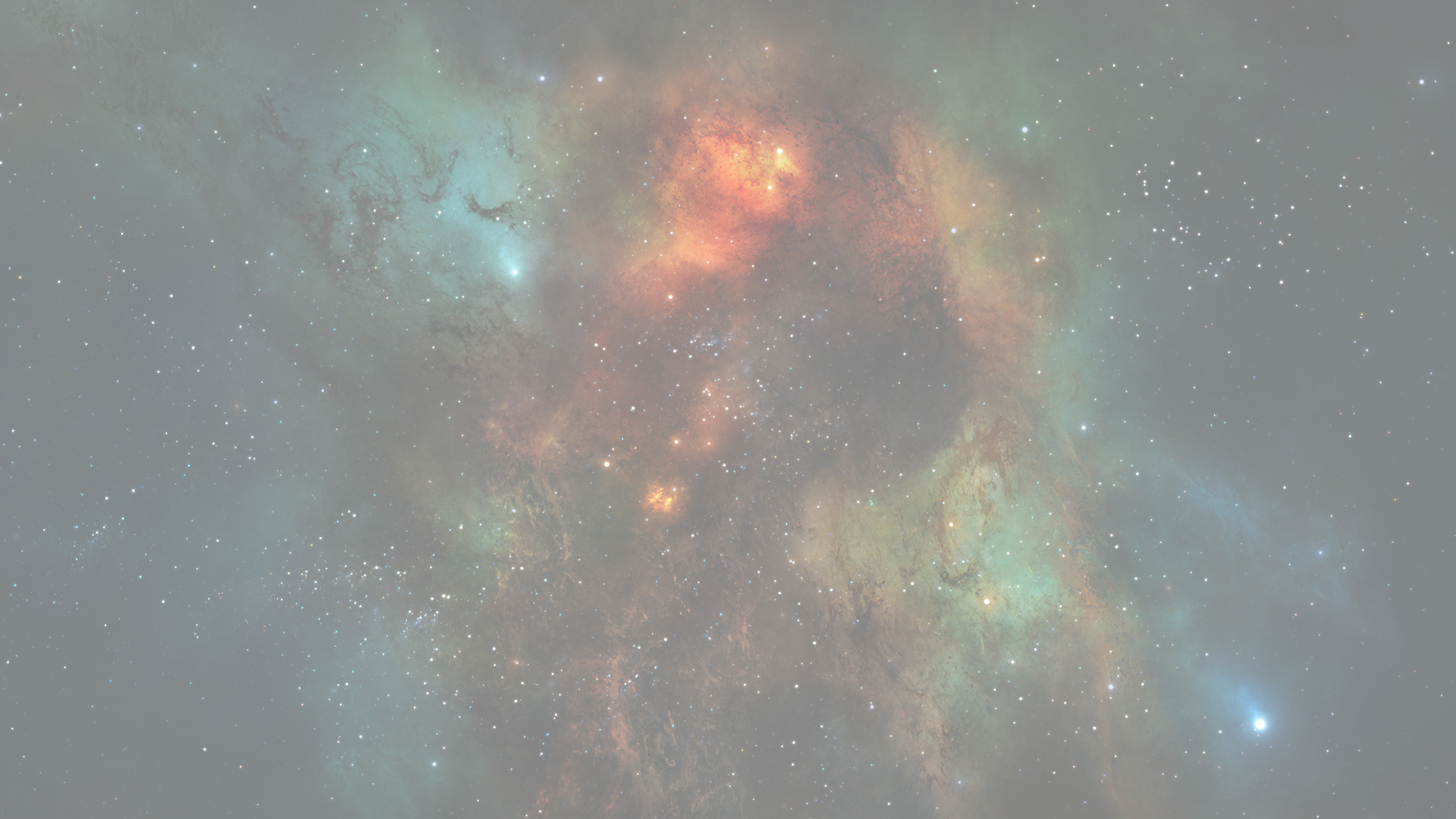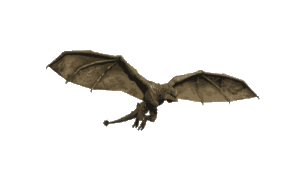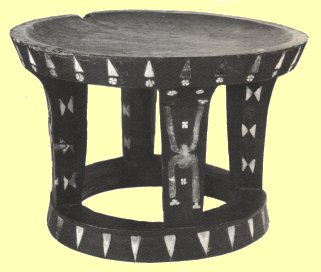


![]()
MICRONESIA MYTHOLOGY
MARSHALL ISLANDS
![]()
|
In the Marshall Islands, myths explaining navigational skills, such as the judgment of position and weather from the observation of natural phenomena were included in the training of navigators. |
No other Micronesians suffered from the unwanted attentions of Europeans quite so rapidly or dramatically as the Chamorro, who were the indigenous population of the Mariana Islands. The strategic position of the Mariana Islands meant that freebooters, whalers, blackbirders and traders were inevitably followed by the official claim-staking of both European and Asian nations.

Map of the Republic of the Marshall Islands.
The high islands of the Mariana group lie in a north-south line and served as stepping stones out of Asia into the Pacific. South of them the Caroline archipelago spread like a net from east to west for some 2,000 miles. Farther east the low-lying atolls of the Marshall and Gilbert Islands (now Kiribati), together with the Polynesian Ellice Islands (now Tuvalu), form a continuous chain which extends south-eastward into western Polynesia.

The principal protagonists in the area were Spain, Germany, Japan, Britain and America. The prizes for which they contended were natural resources such as the phosphates of Nauru and Ocean Island (Banaba); the copra, the shell and the fish and, in the case of Japan, space for surplus population. Although the myths of many Micronesian islands have been lost, some were recorded by many travellers and missionaries. Since World War 2, this knowledge had been supplemented by folklore studies at several significant tertiary institutions.
Earlier ethnological studies including those by Gilbert Archey, Director of the Auckland War Memorial Museum, published in 1945, indicated that he had been unable to find in Micronesia some of the ideas or philosophy of nearby Malaysia or China suggesting that the area may be too scattered, too diffuse and sieve-like to have retained such influences. Archey did suggest however that future studies may disclose more precise relationships between the mythology of Indonesia and Micronesia.
Certainly, this seems to have been the case with some commonality apparent in some of the folklore of Asia and Micronesia. One particular example of this is the myth of a girl who comes either from the sea or the sky to watch men dance or to steal something. She is prevented from returning home because a man hides either her wings or her tail. This is a theme of tremendous antiquity with elements of this story being found in a story from the Indian Rig Veda recorded over 3,000 years ago.
Myths were sometimes part of the secret law of a special group. In the Marshall Islands, myths explaining navigational skills, such as the judgment of position and weather from the observation of natural phenomena were included in the training of navigators.

A stick chart used for training navigators in the Marshall Islands.

In the Marshall Islands the being who was responsible for creation was Lowa, perhaps a cognate of the Polynesian sea deity-creator god Tagaloa. He brought the islands into existence by merely making the magic sound "Mmmmm". Some said he dwelt in a primeval sea and others said that he came down from the sky. His offspring, a boy and a girl, were born from a blood blister on his leg. It is not clear however whether they were supernatural beings or the first humans.
The Micronesians did not have a myth about a hero like Maui who sought to obtain immortality for man. It was usually assumed that the gods had decreed that man was to be mortal. The souls of the dead journey either northward or westward to the leaping place which leads either to an island of the dead, or skyward, or underground. Some Marshall Islanders say that the dead must swim a channel to reach the island of Nako, where the spirit food is everlasting, but some are weighted down by their sins and sink.
The favourite bogymen of the Micronesian islands are cannibal spirits or ogres who are characterized by their brute strength and stupidity. The Marshall Islands version of the myth of the two brothers, Rongerik (small cheeks) and Rongelap (large cheeks), who lend their names to two islands in that group, appear to have been lost but stories about the brothers and the very large family of seafaring deities to which they belong have been recorded. There are bewildering variations in the names of the different family members as well as shifts in relationships and attributes. Very often Palulop, the great canoe captain, is said to have been the father of the family and his most distinguished son is Aluluei. Sometimes the relationships are reversed, but whether he is father or son, Aluluei is always the great teacher and patron of the arts of navigation.
The following story tells how the reefs were formed on Majuro by a man named Letao who was a famous trickster as well as having great strength. Letao admired the canoe of a king and schemed to get it from him. To do this, he built an attractive but useless canoe with which to fool the king into believing that this canoe was superior to his own. Letao built his attractive canoe from a wood called kone which is strong and shines but will not float. He then went to the king and offered to exchange canoes and when the king arrived in the morning the canoe was sitting on some large rocks giving the appearance of floating on the water.
The king was very impressed with the appearance of Letao's canoe and traded his own canoe for it not knowing that Letao's canoe was not seaworthy. Letao hurried away, leaving the king ashore admiring his new boat. The king then waded out into the lagoon and boarded his new canoe but when he tried to paddle it away it was pushed from the rocks and sank to the bottom of the lagoon.
The king was soaking wet and furious and yelled for his subjects to pursue and capture the tricky Letao. As the canoe raced after Letao, he was laughing and singing. As his pursuers closed in, Letao kicked up sand and coral from the bottom of the lagoon causing a reef to form that blocked their way. Still laughing and singing Letao was last seen sailing into the sea beyond this reef that became known as Majuro.
Another story concerns a man called Lowakalle who was a very big and strong man as well as a fearful fighter who lived on Arno Atoll. One day, he left his people and went to live alone on an isolated islet called Ijoen. No one would visit him here because he had warned all the people to stay away and after a long time he was nearly forgotten and his people did not know if he were dead or alive.
Later on, the people of Arno began to complain about a stranger who visited their village, stealing their most precious possession. Nobody knew who the thief was but they began to suspect it was in fact Lowakalle and they were right. Lowakalle would raid villages both day and night by swimming from the islet Ijoen.
His crime then became worse and he would steal all the food he saw at the cooking fires and he would kill anyone who got in his way. The situation became so desperate that a meeting was called of all the elders of the villages who decided on a plan to eliminate the monster Lowakalle. They sent out many canoes which caught many fish and they then cut all of their catch into pieces and threw them into the sea attracting many sharks.
Lowakalle decided that many fish were being caught and he began to swim towards the area to steal them. In doing so, he swam right into the centre of the shark who killed Lowakalle and ate him. The fishermen then returned home to spread the word that Lowakalle had been killed. The people of Arno felt safe again and named the reef where he had been killed "Lowakalle" and it has this name until today.
Pacific Islands Radio Stations

- (E-mail: jane@janeresture.com -- Rev. 13th December 2008)